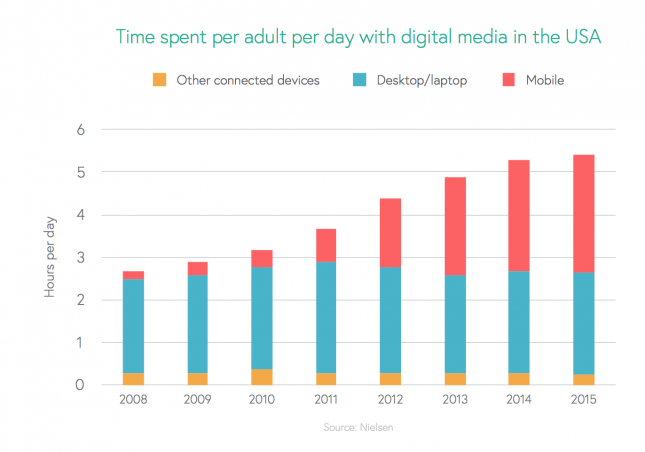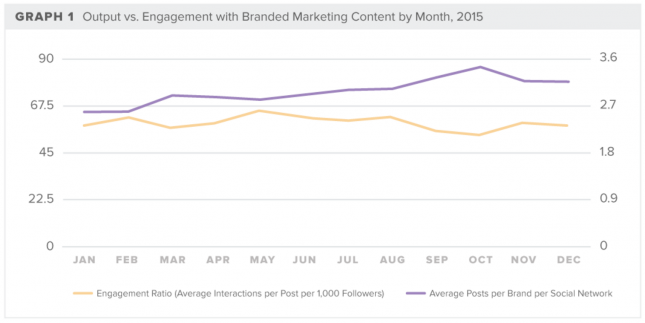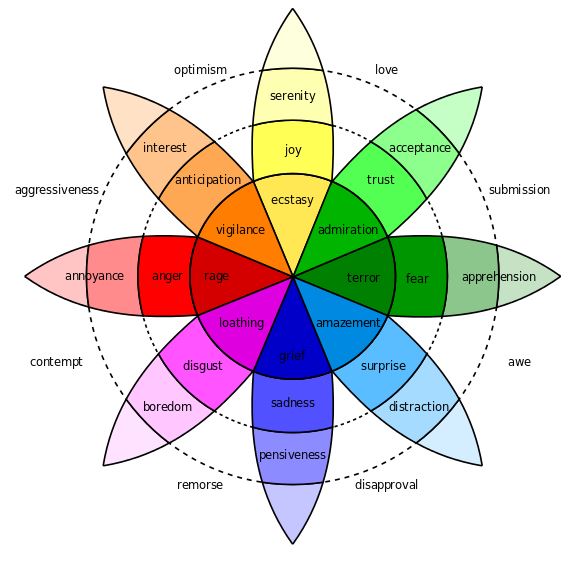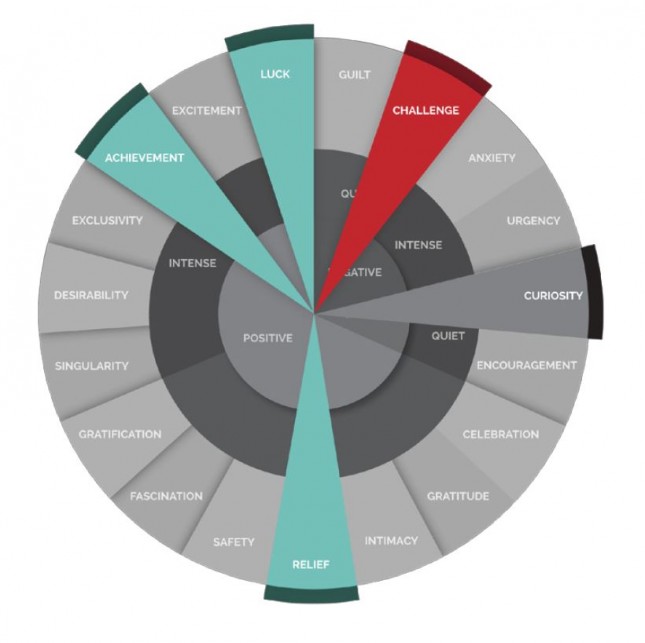POLITICO recently ran a headline on its website titled, “The fury of Ben Carson.” In a news cycle that has been consumed with sensational stories about politicians of all stripes, it normally wouldn’t be noteworthy. At just five words, the headline’s not even a complete sentence. It doesn’t have an action verb. But the use of “fury” speaks volumes. It creates an immediate emotional connection with the reader that appeals to readers in a way that the basic meaning of the words doesn’t on its own. Sure, we’ve all been angry. But think back to the last time you were furious. It’s harder to do, right? It’s a very specific emotional place, and you immediately want to click that headline to see why Carson is upset or how that rage is manifesting itself. (Answer: In case you wanted to know.) For content marketing managers, the lesson of this headline—and any headline, social media post or email subject line—is that emotion is everything. This little bit of content, short though it might be, is your one opportunity to win over an audience. Of course you need to deliver once you get the click, but it doesn’t matter how good your content is if nobody sees it in the first place.
The attention dilemma
The need to create an emotional connection with your audience is becoming more important for three reasons. The first is your audience is consuming more digital media than ever before—roughly 5.5 hours per day per U.S. adult, according to data from Nielsen. 


Spin the wheel of emotion
As sociologists and psychologists have tried to understand our emotional connection with words, they have developed tried to find frameworks for organizing and classifying them. Perhaps the most famous is Robert Plutchik’s wheel of emotions: 
- Love
- Submission
- Awe
- Disapproval
- Remorse
- Contempt
- Aggressiveness
- Optimism
A tool for modern marketers
These core emotions are a helpful framework for marketers, but the purpose of Plutchik’s paper was to detail evolutionary psychology, not help content marketers become better users of emotion in copy. In theory, marketers should be able to identify the emotions that matter the most to their audiences. While “fury” may have struck a chord with readers who are interested in politics, it probably doesn’t have the same impact on parents shopping for toys, college grads shopping for a car loan, or shipping managers looking for better operations software. But by consciously testing different emotions in their copy, marketers can zero in on the right ones for their audience. One tool to achieve that goal is the reimagined wheel of emotion from Persado, whose automation software tests headlines and subject lines with different emotional qualities to automagically optimize messaging. Thinking about copy in the context of Persado’s wheel gives you a great framework for running copy tests that can help improve your overall messaging strategy. 
- Intimacy, rather than of safety.
- Anxiety, rather than exclusivity.
But for retailers, their customers are more likely to take action in response to the opposite type of marketing message:
- Safety, rather than intimacy
- Exclusivity, rather than anxiety
Be deliberate about learning
Science may give you a good framework for thinking about the use of emotion, but the only way to know what’s going to work is to test. The good news is that you’ve probably got dozens of opportunities a month to run tests. Every email is a chance to learn. Every tweet could teach you something new. Work your way around the wheel of emotion until you can pinpoint the emotions that grab your audience and make the message more than the sum of your words.
Nate Birt is a multimedia journalist, social media enthusiast and copy editor with experience at a variety of print and digital publications, and a Contributing Editor to the Visually Blog. Follow him on Twitter at @natebirt.







